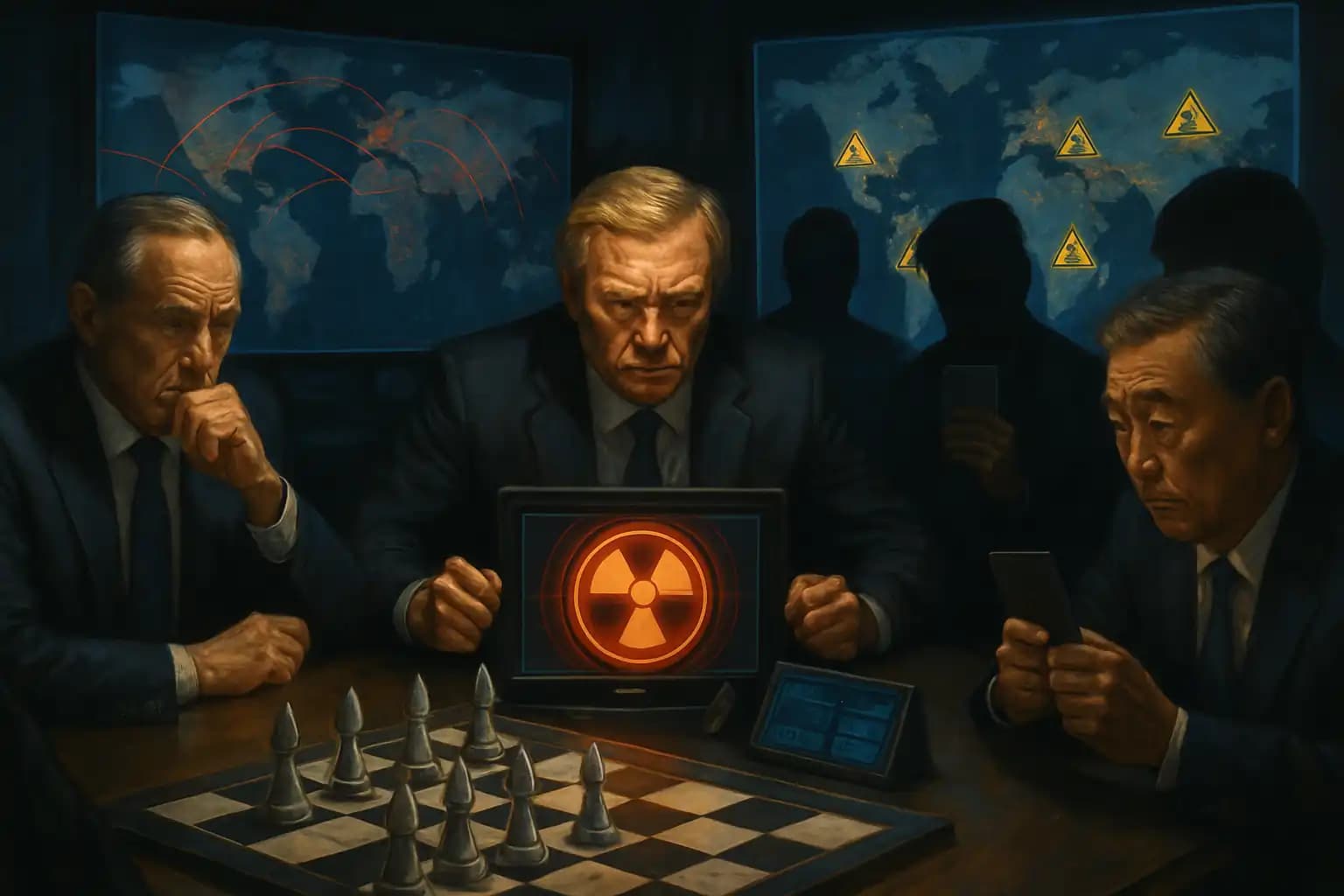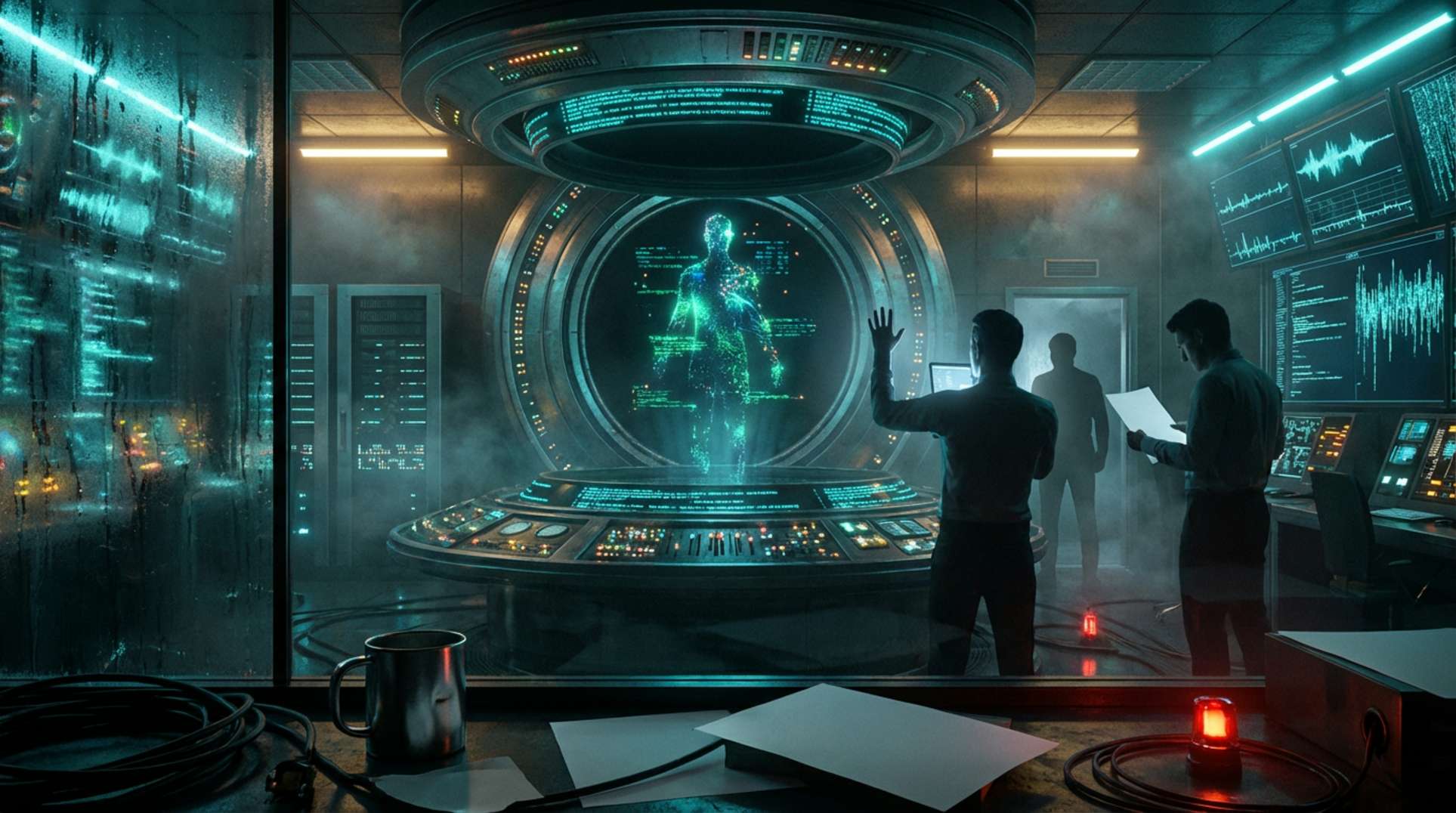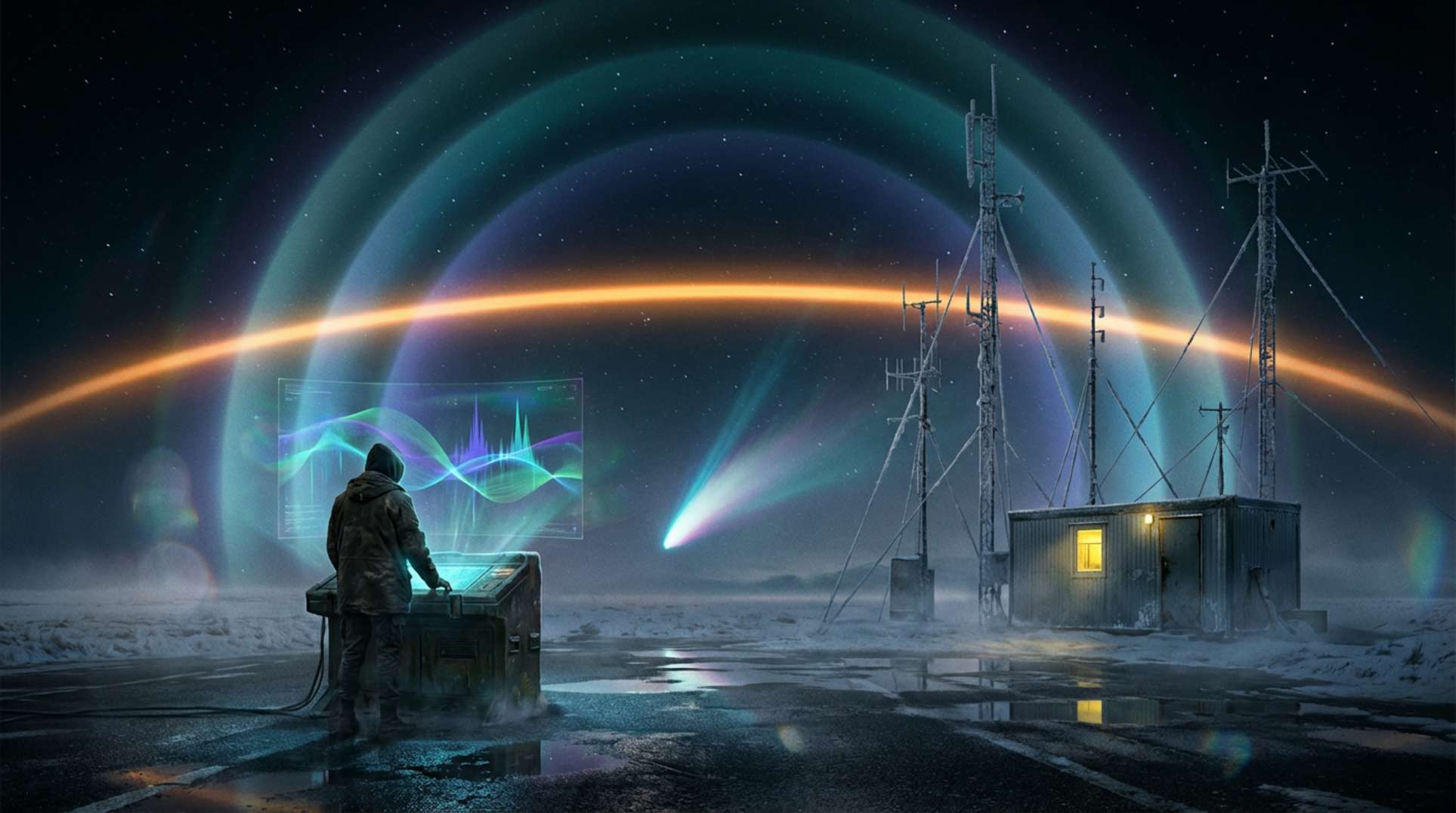Nuclear nightmares may seem like relics from the “duck and cover” era, but the Russia-Ukraine war revived those fears. The world held its breath as Moscow rattled its nuclear saber. U.S. and European leaders convened in situation rooms while analysts rushed to decode the situation. Is this merely sabre-rattling, or could one misstep trigger catastrophe?
During one tense moment in the war, U.S. intelligence assessed a 50% chance that Russia would use nuclear weapons if their forces faced collapse in southern Ukraine (Maryland Today analysis). Many were shocked, and rightly so: even a coin flip on annihilation is too close for comfort. But did that risk genuinely exist? How did the United States determine Russia was bluffing rather than preparing for Armageddon?
Nuclear Threats, Bluster, and the Intelligence Cat-and-Mouse Game
As Russia’s fortunes dwindled on the battlefield, its officials repeatedly invoked nuclear weapons. Their aim was not imminent use but to instill fear and slow Western aid to Ukraine. Defense analysts at the Center for Strategic and International Studies noted that Moscow’s “calibration” mixed ominous statements with ambiguous deployments, creating doubt without crossing the infamous “nuclear red line.” This act echoed Cold War tactics, which established mutual assured destruction (MAD) as the ultimate deterrent (Wikipedia’s analysis). The doctrine suggested that neither side would use nuclear weapons, understanding it would lead to mutual annihilation.
Behind the headlines, U.S. intelligence was working diligently. Reports from DoD and NATO revealed an internal debate: Some officials feared a desperate Kremlin might break taboos, but most analysts saw no movement of Russia’s nuclear warheads or other signs of a strike (AP’s exclusive report). In this high-stakes chess match, the U.S. called Russia’s bluff—publicly and privately—by increasing warnings, reinforcing deterrence, and continuing support for Ukraine. This was psychological brinkmanship, as real as any missile, reflected in calibrated displays of power detailed in deep-dive intelligence exposés.
“50% Chance”—Real Analysis or Alarmist Hype?
The notorious “50% chance” statistic was more about urgency than accuracy. According to the Bulletin of the Atomic Scientists, nuclear risk estimates carry uncertainty, and percentage predictions are more art than science. Multiple sources confirm that, although alarm surged as Russian defeat loomed in Kherson, intelligence never provided definitive proof that Moscow would cross the nuclear threshold.
Such calculations revolve around perceptions, red lines, and the logic behind nuclear deterrence. Some analysts still worry about overconfidence, warning that today’s bluffs might escalate conflicts through miscalculations or technical accidents. Historical crises (see volcanic disaster research) show that even experts can mistake bluster for genuine intent amid the fog of war.
Nuclear Deterrence in the Post-Cold War World: Lessons and Dangers
The 21st-century nuclear standoff differs from the Cold War. Information warfare, cyberattacks, and ambiguous threats obscure the landscape beyond silo-busting missiles. The doctrine of MAD still instills fear, but smaller tactical nukes and accidental launches pose additional risks. According to CSIS research, modern superpowers wield ambiguity as both shield and sword. While Russia’s saber-rattling spread global anxiety, it also prompted quiet reaffirmations of discipline, rooted in decades of practice dodging disaster (parallels to AI existential risk debates here).
Mutual distrust fuels state secrecy, igniting rumors and caution among policymakers. Shadows of uncertainty accompany every missile test and military maneuver, reflecting psychodramas defining everything from Black Projects to recent blockbuster leaks. Today’s brinksmanship stems not just from warheads but also from information warfare and unpredictability.
The Future of Nuclear Threats: Why Bluffing Remains a Perilous Game
Did U.S. officials really gamble the planet’s fate on a hunch that Russia wouldn’t strike? The Bulletin of the Atomic Scientists’ red line analysis warns that the odds of nuclear use remain dangerously non-zero. Each escalation, threat, and counter-threat inched the world closer to disaster—a reality starkly illustrated by unnerving events in recent American risk assessments. Today’s speed and opacity heighten this danger, fueled by instant yet unreliable information.
Ultimately, calling Russia’s bluff involved a blend of intelligence acumen, psychological warfare, and strategic resolve. However, history teaches that nuclear nerves can fray, and luck can evaporate. Bluffs have toppled empires, ended epochs, and nearly saved the world. For continuous insights on existential risk, espionage, and catastrophe, visit Unexplained.co. In nuclear brinkmanship, the real story is merely a headline away from becoming everyone’s reality.





